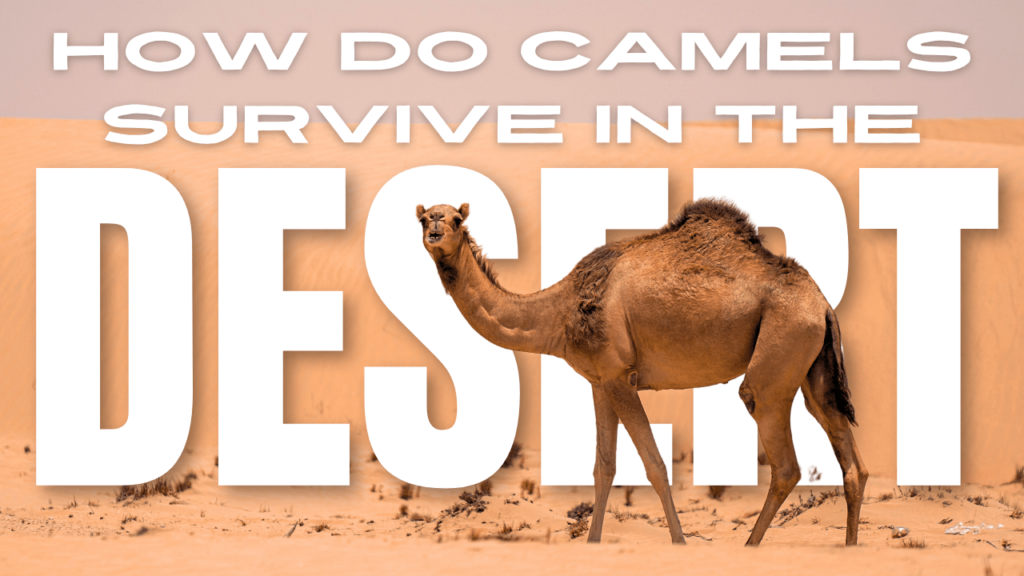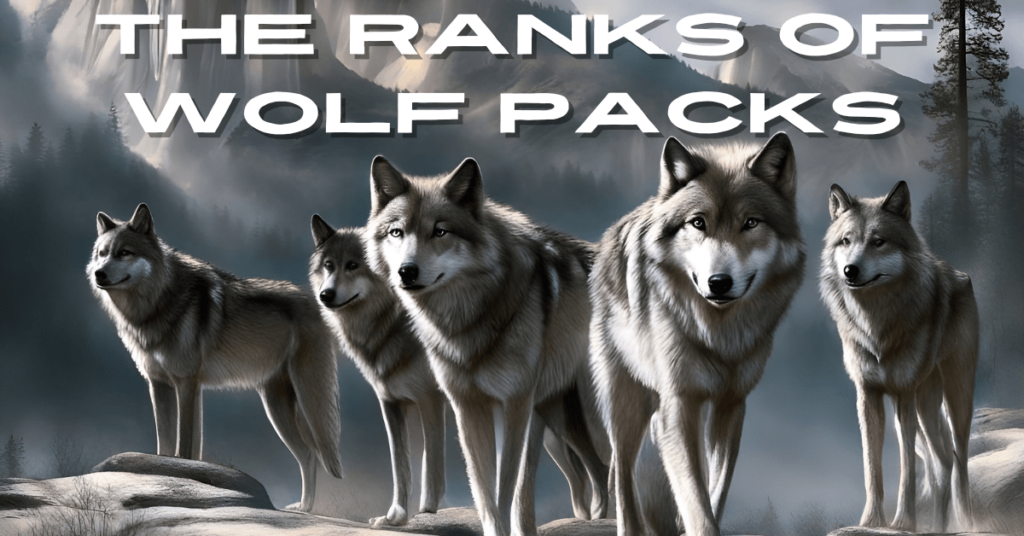The lion, often hailed as the “King of the Jungle,” embodies the grandeur and mystique of the animal kingdom. This majestic title, bestowed upon the lion, transcends its physical presence, reflecting a deep-seated reverence for its strength and majesty across various cultures and eras. From ancient Egyptian deities to modern-day symbols of power and royalty, the lion’s regal status is firmly entrenched in human history. Understanding why is the lion the king of the jungle requires a look into their behavior and social structure.
This article aims to explore the reasons behind the lion’s esteemed title, “King of the Jungle.” By examining the lion’s physical attributes, social structure, hunting prowess, and cultural impact, we will uncover what makes this apex predator a symbol of dominance and royalty.
Why is the lion the king of the jungle?
To understand why is the lion the king of the jungle, we must explore its unique characteristics, behavior, and the symbolism it holds in various cultures. We will delve into the lion’s impressive physical characteristics, including its size, strength, and distinctive mane. The social dynamics within a lion pride and the cooperative strategies employed during hunting will be discussed. Additionally, we will explore the lion’s cultural significance and compare it with other apex predators to understand its unique status in the animal kingdom.
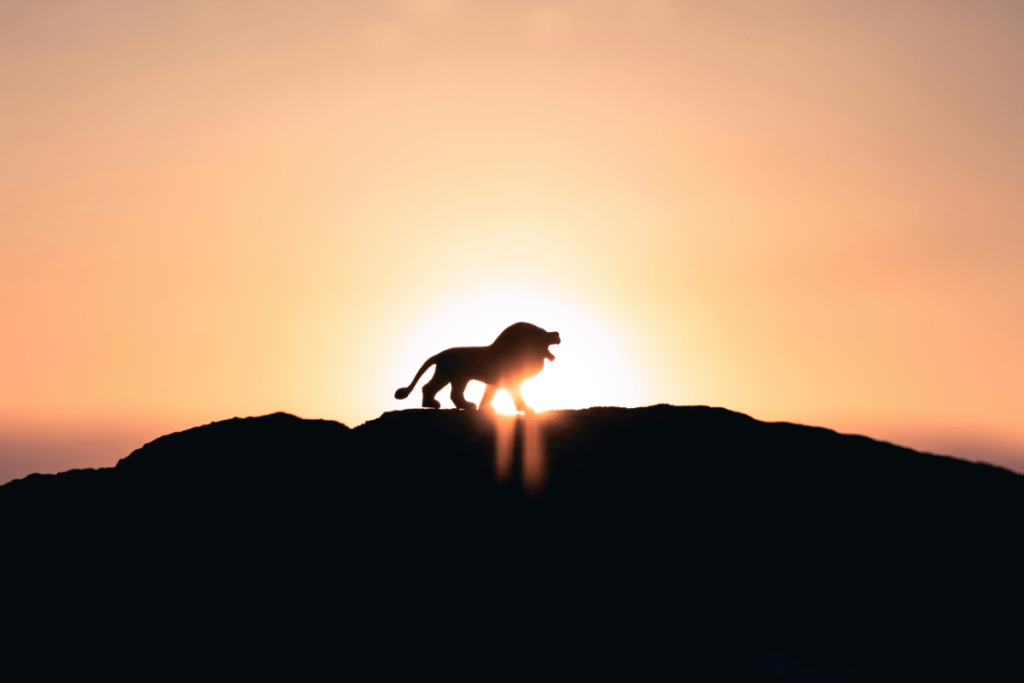
I. Lion Information:
| Common Name | Lion |
|---|---|
| Scientific Name | Panthera leo |
| Family Name | Felidae |
| Type | Mammal |
| Size | Head and body: 140-250 cm (4.6-8.2 ft), Tail: 67-100 cm (2.2-3.3 ft) |
| Weight | Males: 150-250 kg (330-550 lbs), Females: 120-182 kg (264-400 lbs) |
| Size Relative to a 6-Ft Human | About shoulder height |
| Diet | Carnivore (primarily large ungulates like zebras and wildebeest) |
| Average Lifespan in the Wild | 10-14 years (males), 12-16 years (females) |
| Habitat | Grasslands, savannas, dense scrub, open woodlands |
| Group Name | Pride |
| Found In | Sub-Saharan Africa, with a small population in the Gir Forest of India |
| Conservation Status | Vulnerable |
II. The Lion’s Physical Attributes
A. Size and Strength
The lion is one of the Largest Cat Species in the World, exhibiting remarkable size and strength. Adult males can weigh between 330 to 550 pounds (150 to 250 kilograms) and measure up to 10 feet (3 meters) in length, including the tail. This impressive size not only contributes to their dominance in their environment but also enhances their ability to subdue large prey. In comparison to other big cats, such as tigers, lions possess a robust build that supports their role as apex predators in the savanna ecosystem.
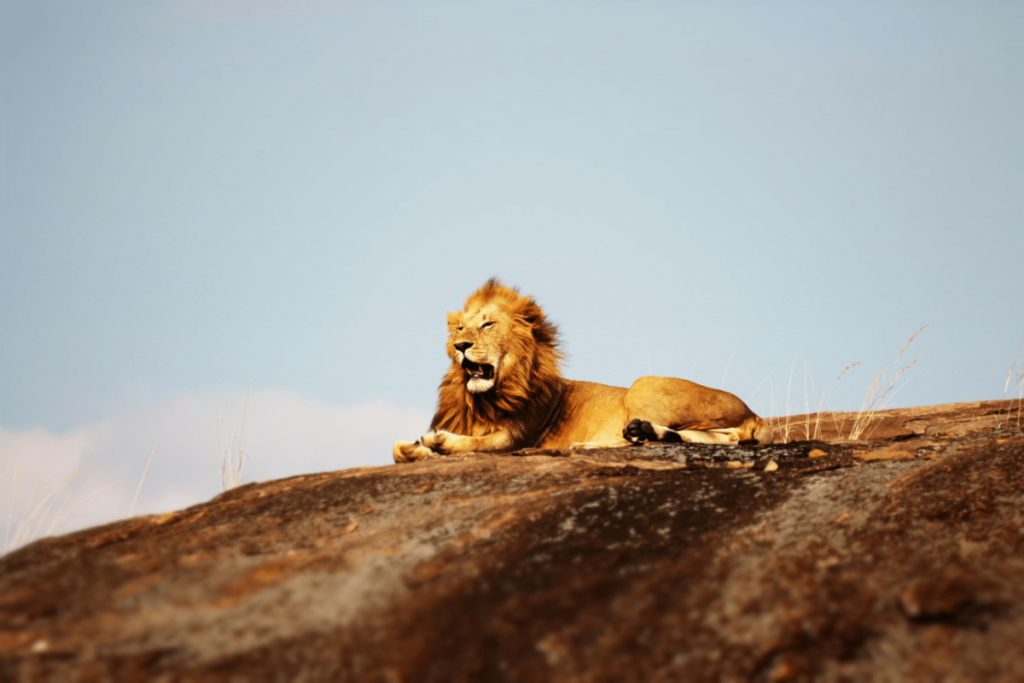
B. Mane as a Symbol of Power
The lion’s mane is one of its most distinctive features. This thick, flowing hair encircles the male lion’s head and neck, serving multiple purposes. It acts as a visual display of power and maturity, making the lion appear larger and more formidable to rivals. The mane also provides a degree of protection during physical confrontations with other males. Its presence is a clear indicator of the lion’s dominant status within its pride.
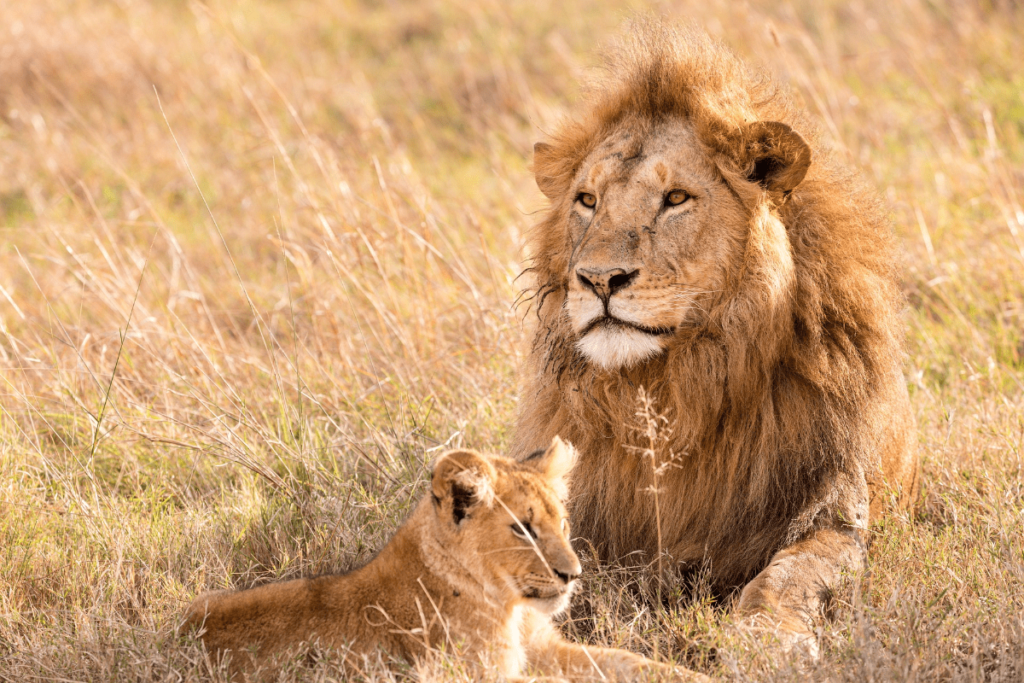
C. Roar and Its Impact
The lion’s roar is legendary for its power and volume. Capable of being heard from up to 5 miles (8 kilometers) away, the roar serves as a tool for communication within the pride and a deterrent to potential intruders. The psychological impact of the roar extends beyond its volume; it instills fear in prey and rivals alike, reinforcing the lion’s dominance over its territory and its role as the ruler of its realm. The debate over why lion is a king of jungle often centers on its majestic presence and powerful roar.
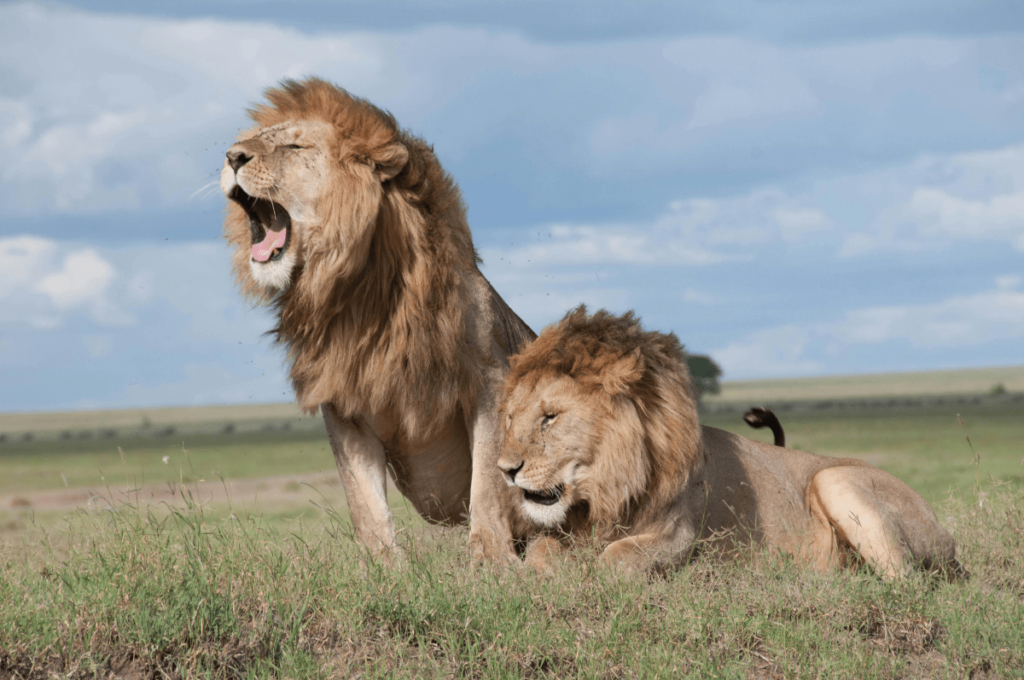
D. Comparison with Other Apex Predators
When compared to other apex predators such as tigers, leopards, and hyenas, lions stand out due to their physical size and social structure. While tigers are generally larger and stronger individually, lions benefit from their social organization, which allows them to collectively maintain their dominance. Leopards, though skilled hunters, do not possess the same level of physical presence or social complexity. Hyenas, while formidable competitors, are often forced to relinquish their kills to lions due to the latter’s superior strength and group dynamics.
III. Social Structure and Hierarchy
A. The Pride: A Royal Family
Lions are unique among big cats for their social behavior. They live in groups known as prides, which are complex social units consisting of related females, their offspring, and a coalition of males. The pride structure allows for cooperative hunting and collective protection of cubs. The hierarchical nature of the pride is integral to its success, with distinct roles assigned to each member. The reason why are lions king of the jungle lies in their unmatched dominance and leadership within their pride.
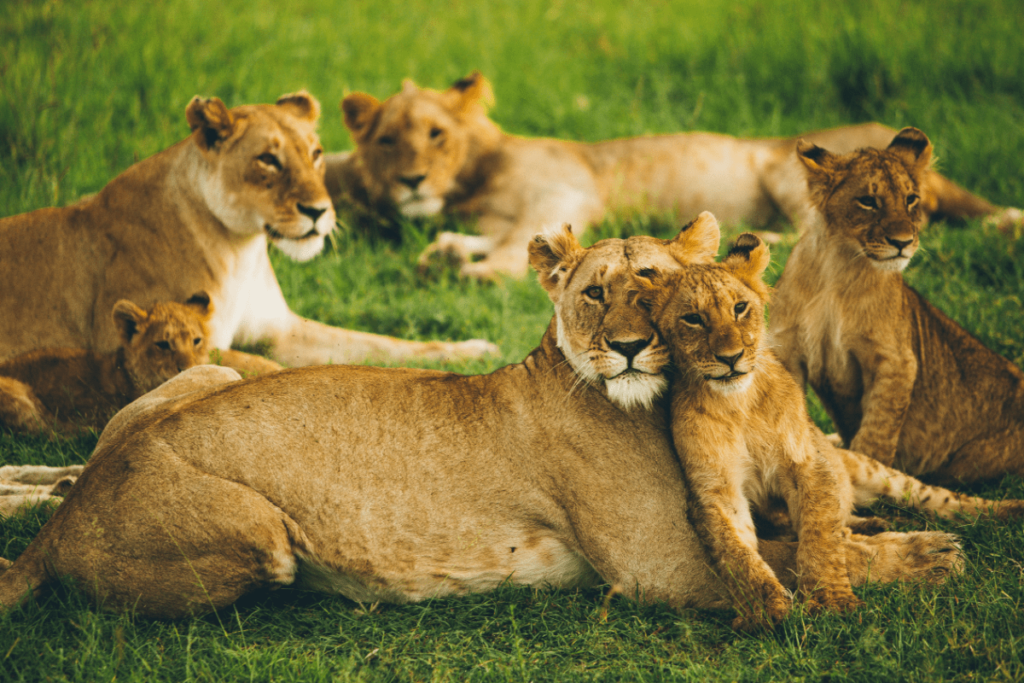
B. The Role of the Alpha Male
Also, check out the Roles of Alpha, Beta, and Omega in a Wolf Pack.
The alpha male, or dominant male, is crucial in maintaining order and protecting the pride. His responsibilities include defending the pride’s territory from rival males and ensuring the safety of its members. The alpha male’s position is not secure indefinitely; he must constantly prove his strength and leadership to retain his status. His dominance is essential for the pride’s stability and survival.

C. Cooperation in Hunting
Lionesses, the primary hunters of the pride, use cooperative strategies to capture prey. Working together, they employ techniques such as stalking and ambushing to bring down large herbivores. This teamwork enhances their hunting success and underscores their role as efficient predators. The cooperative nature of their hunting also reinforces their status as top predators in their habitat. To comprehend why lion is a king of jungle, one must consider the lion’s dominance and social structure.
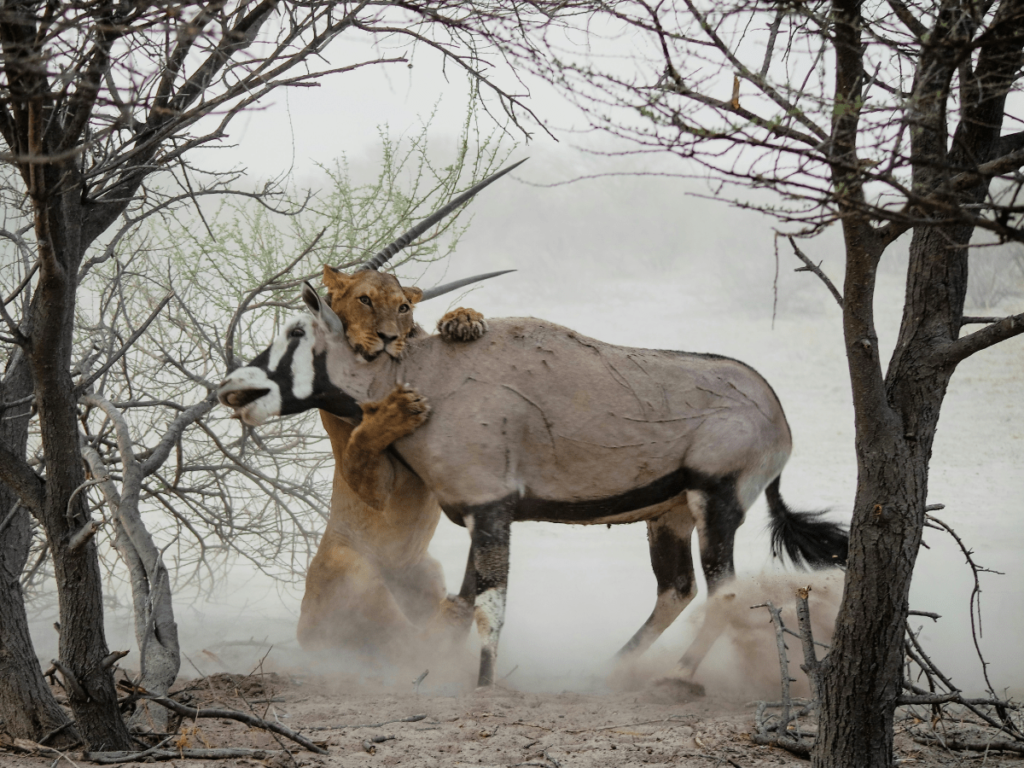
D. Territorial Behavior
Lions are highly territorial animals. They mark their territory using scent and vocalizations, establishing clear boundaries to protect their resources. Territorial behavior is crucial for maintaining the pride’s access to prey and minimizing conflicts with neighboring prides. The ability to defend a large territory is a testament to the lion’s dominance and role as the ruler of its domain.
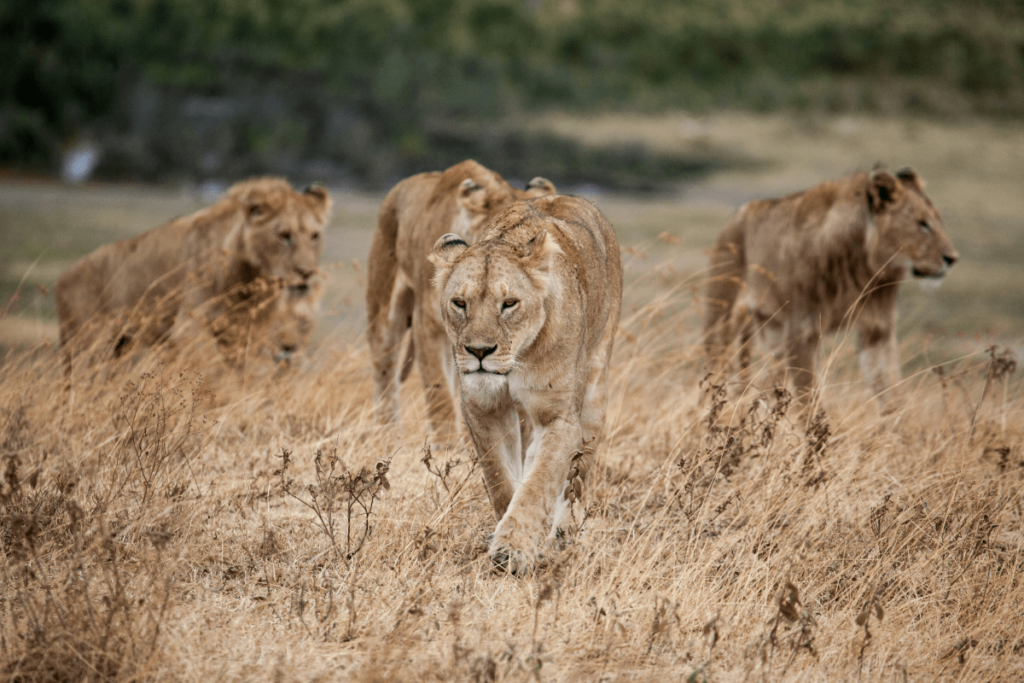
IV. Hunting Prowess
A. The Lion’s Diet
Lions primarily prey on large herbivores such as zebras, wildebeests, and buffaloes. Their diet reflects their need for substantial energy to support their large size and social structure. Lions’ preference for large prey is indicative of their role as apex predators and their ability to take down substantial animals through cooperative efforts.
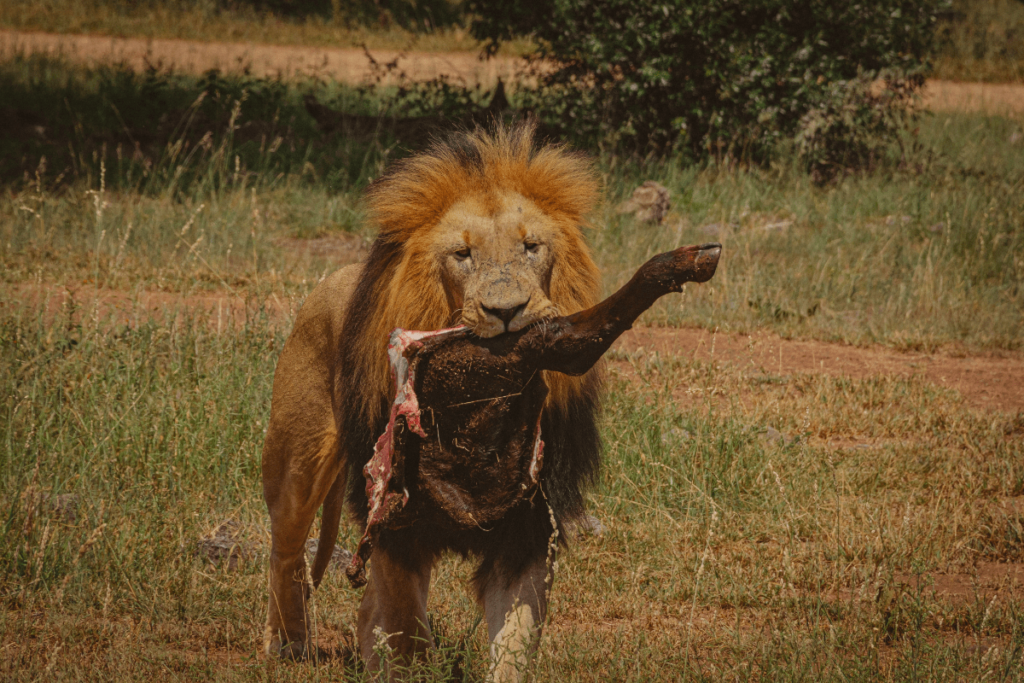
B. Hunting Techniques
Lions employ a range of hunting techniques, including stalking, ambushing, and coordinated attacks. Lionesses often lead the hunt, using stealth and teamwork to approach their prey. The success of these techniques is enhanced by the pride’s collective effort and strategic planning, which enables them to overcome larger and more formidable prey.
C. Success Rate in Hunts
Lion hunts are characterized by a relatively high success rate compared to other predators. The cooperative nature of lionesses during hunting increases their chances of a successful kill, with estimates suggesting success rates of up to 30-40% for certain prey. This high success rate underscores their effectiveness as hunters and their dominance in their ecosystem.
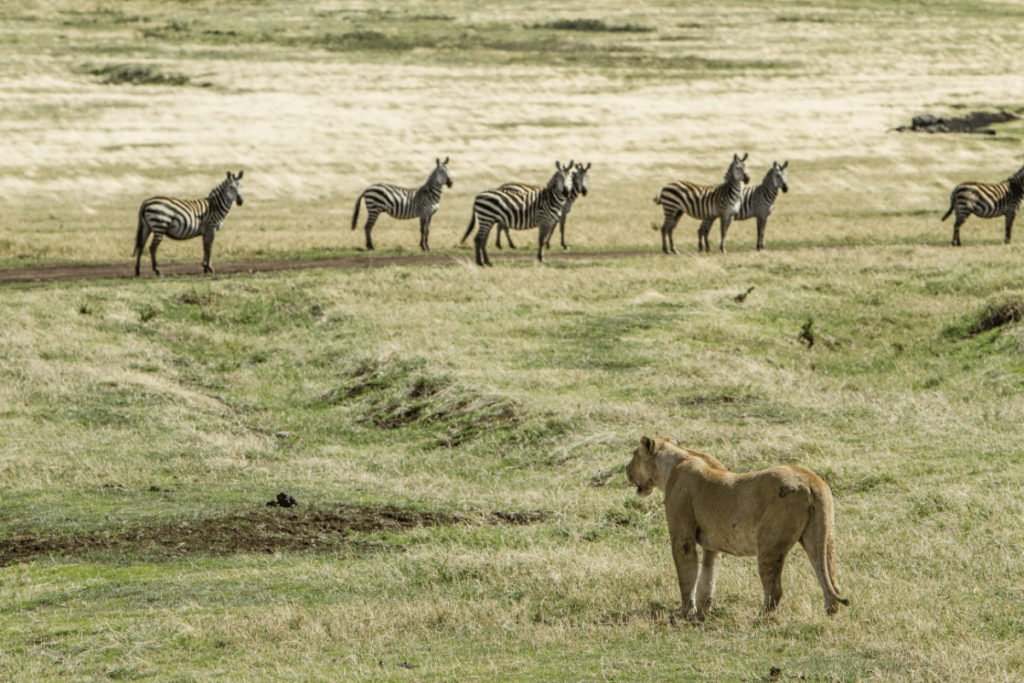
D. Dominance Over Other Predators
Lions often dominate other predators such as hyenas and leopards, frequently taking over kills that these animals have made. Their strength, size, and social structure allow them to assert dominance and secure access to resources. This ability to overpower other predators further reinforces their status as apex predators.
V. Cultural and Symbolic Significance
A. Historical Symbolism
Throughout history, lions have been depicted as symbols of power and royalty. In ancient Egyptian culture, lions were associated with deities such as Sekhmet and were considered protectors of the pharaohs. In Greek and Roman mythology, lions were symbols of strength and courage, often featured in artworks and legends.
B. The Lion in Modern Culture
Why lion is the king of the jungle is often explained by the lion’s strength, power, and symbolic status across cultures.In contemporary culture, lions continue to be prominent symbols of strength and leadership. They are featured in national emblems, literature, and films, often representing bravery and nobility. The lion’s portrayal in popular media reinforces its status as a symbol of power and grandeur.
C. The Lion as a Symbol of Courage and Leadership
The lion’s symbolic role as a representation of courage and leadership is deeply ingrained in human culture. Its majestic appearance, commanding roar, and social structure contribute to its image as a leader and protector. The lion’s role in various cultural contexts highlights its enduring significance as a symbol of strength and authority. Why are lions called king of the jungle is often due to their position at the top of the food chain and their powerful presence.
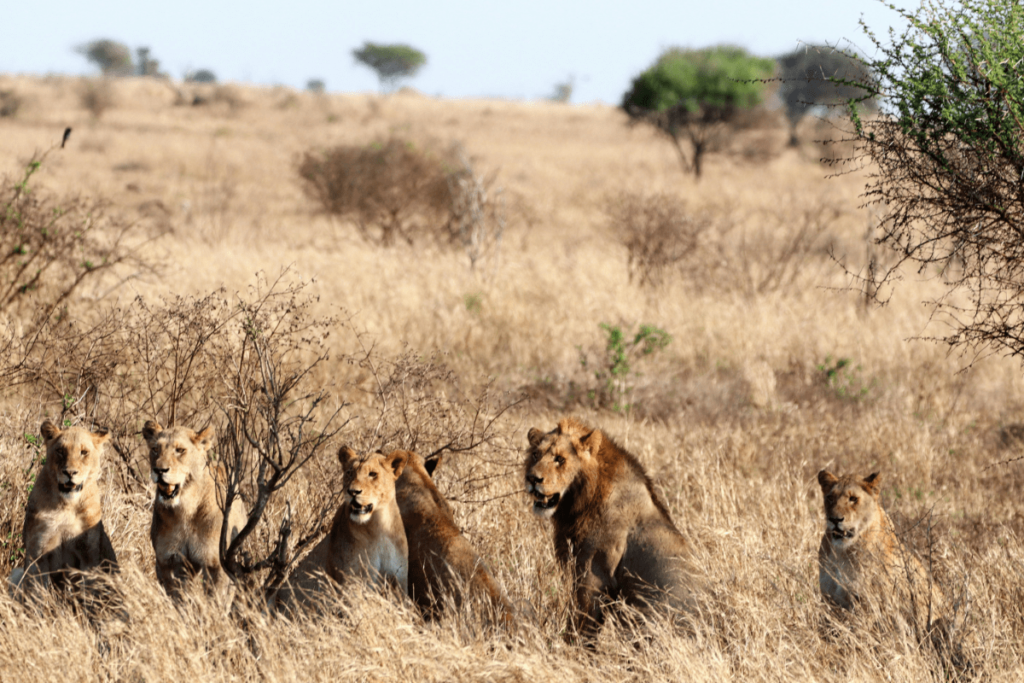
D. Misconception of “Jungle”
Experts debate why is the lion the king of the jungle, considering its habitat is more savannah than jungle. Despite the title “King of the Jungle,” lions do not actually inhabit jungles. This term is more symbolic, reflecting the lion’s dominance and regal status rather than its actual habitat. Lions primarily live in savannas and grasslands, where their physical and social attributes allow them to thrive as apex predators.
VI. Comparison with Other Big Cats
A. Lion vs. Tiger
Many people wonder why is the lion the king of the jungle when the tiger is often seen as more powerful. When comparing lions and tigers, there are notable differences in physical size, behavior, and habitat. Tigers are generally larger and stronger than lions individually, but lions benefit from their social structure, which enhances their hunting and territorial capabilities. Tigers, being solitary hunters, have different strategies and adaptations compared to the cooperative hunting methods of lions.
B. Lion vs. Leopard
Leopards are smaller and more solitary compared to lions. While leopards are skilled hunters and climbers, lions’ social structure and cooperative hunting strategies set them apart. Lions’ larger size and strength allow them to dominate leopards and secure resources more effectively. Why are lions called king of the jungle despite not living in jungles can be explained by their dominance and strength.
C. Lion vs. Cheetah
Cheetahs are known for their speed, while lions rely on strength and teamwork. The cheetah’s hunting strategy focuses on high-speed chases, whereas lions use stealth and coordination. The physical and behavioral differences between cheetahs and lions highlight the diversity of hunting strategies among apex predators.

VII. Table: Lion vs. Other Apex Predators
| Aspect | Lion | Tiger | Leopard | Cheetah |
| Physical Size | 330-550 lbs, 10 ft | 220-660 lbs, 10 ft | 66-176 lbs, 7 ft | 77-143 lbs, 4.5 ft |
| Social Structure | Social (prides) | Solitary | Solitary | Solitary |
| Hunting Techniques | Cooperative hunting | Solitary stalking | Stealthy ambush | Speed-based chase |
| Roar/Call | Loud, up to 5 miles | Quiet | Quiet | Quiet |
| Mane | Present (males only) | Absent | Absent | Absent |
| Territorial Behavior | Mark and defend | Mark and defend | Mark and defend | Mark and defend |
VIII. Conservation and Current Status
A. Threats to Lions
Lions face numerous threats, including habitat loss, poaching, and human-wildlife conflict. Expansion of human settlements and agriculture reduces their natural habitat, while poaching for trophies and body parts continues to endanger their populations. Human-wildlife conflict, often arising from competition with livestock, also poses significant challenges.
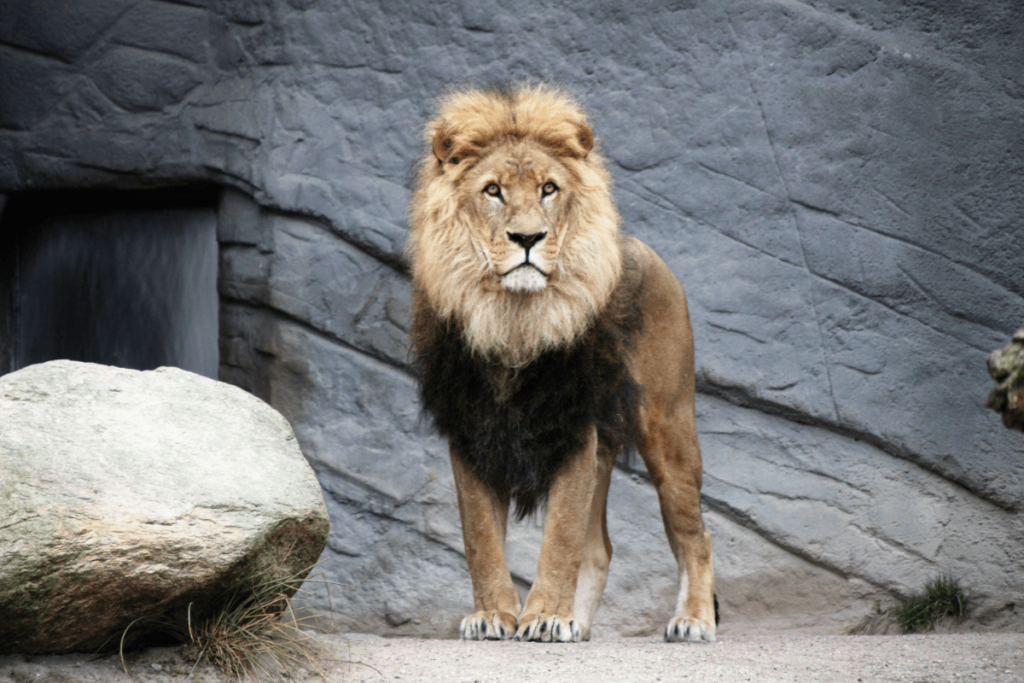
B. Conservation Efforts
Global conservation efforts are focused on protecting lion habitats, combating poaching, and reducing human-wildlife conflict. Organizations such as the Lion Recovery Fund and the Wildlife Conservation Network are working to secure protected areas, support anti-poaching initiatives, and promote coexistence strategies with local communities.
C. The Future of Lions as “Kings”
The future of lions as “Kings of the Jungle” depends on ongoing conservation efforts and habitat preservation. By addressing threats and ensuring sustainable populations, lions can continue to thrive as apex predators and maintain their regal status in the wild.
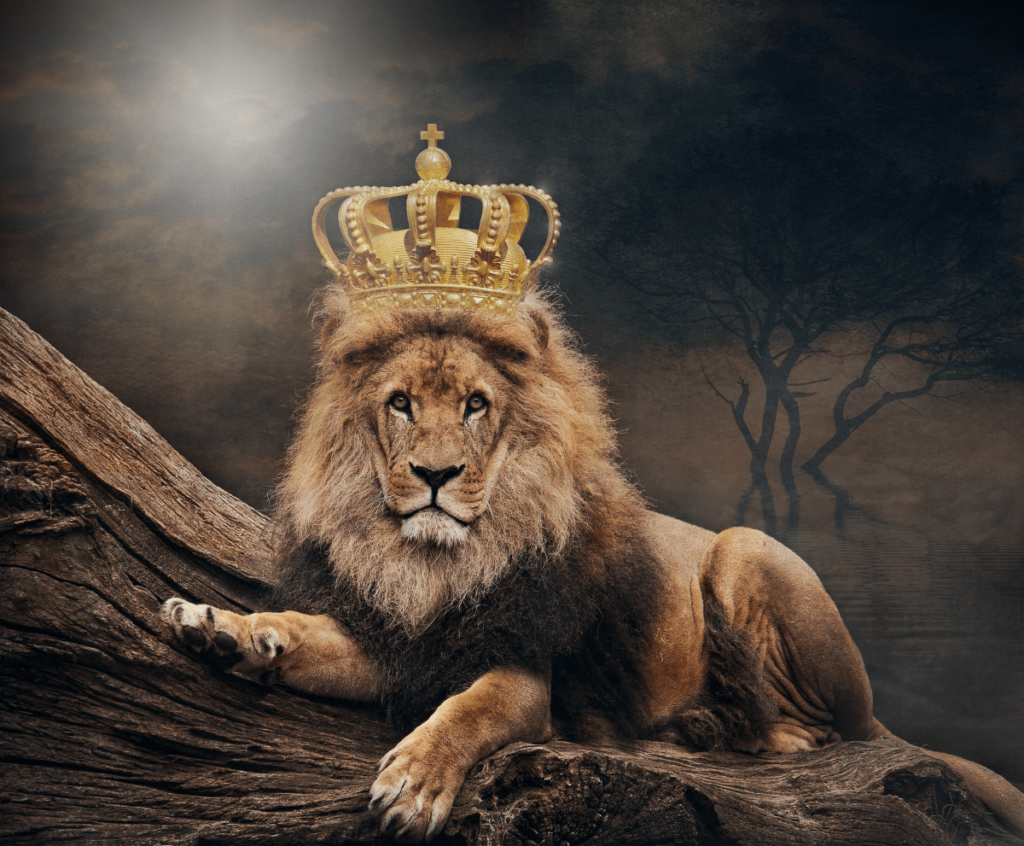
Conclusion
A. Recap of Key Points
Lions are called the “King of the Jungle” due to their impressive physical attributes, social structure, and cultural significance. Their size, strength, and mane contribute to their dominant presence, while their social organization and hunting prowess reinforce their status as apex predators.
B. Final Thoughts
In summary, understanding why is the lion the king of the jungle highlights the lion’s unparalleled strength, leadership, and enduring symbolism in the animal kingdom. Lions hold a special place in both the natural world and human culture. Their role as symbols of strength, courage, and leadership transcends their physical presence, making them enduring icons of majesty and power.
To ensure that lions continue to reign as the majestic rulers of the wild, it is crucial to support conservation efforts and promote awareness about their plight. By learning more and getting involved, we can help preserve the legacy of the “King of the Jungle” for future generations.

